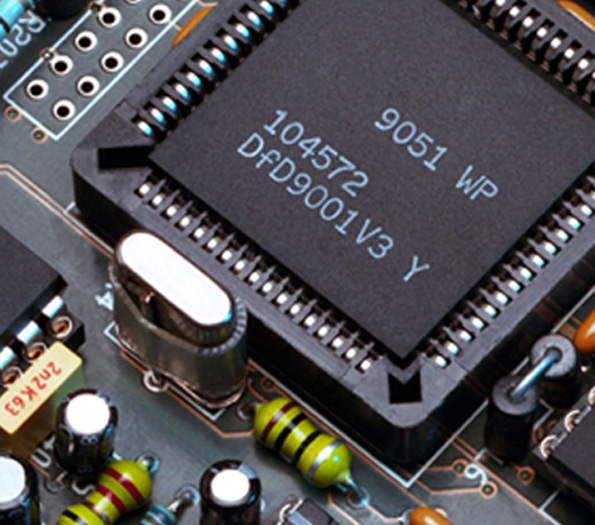

Understanding the Cost of Low-E Glass per Square Metre
Low-emissivity (Low-E) glass has revolutionized the way we think about windows and building design. As energy efficiency becomes increasingly important in both residential and commercial buildings, Low-E glass offers a solution that not only optimizes energy performance but also enhances comfort. This article delves into the cost of Low-E glass per square metre, its benefits, and factors affecting its pricing.
What is Low-E Glass?
Low-E glass is specially coated glass that reflects heat while allowing natural light to pass through. The 'Low-E' stands for low emissivity, which indicates its ability to minimize the amount of infrared and ultraviolet light that enters a building without compromising on visible light. This characteristic makes Low-E glass an excellent choice for windows in both warm and cold climates.
Benefits of Low-E Glass
1. Energy Efficiency One of the most significant advantages of Low-E glass is its ability to improve energy efficiency. By reflecting heat back into the building during winter and blocking heat from entering during summer, it reduces the need for heating and cooling, leading to lower energy bills.
2. UV Protection Low-E glass also offers UV protection to interiors. This feature helps to minimize fading of furniture, carpets, and artwork, prolonging the life of interior furnishings.
3. Improved Comfort By regulating the temperature within a building, Low-E glass contributes to a more comfortable indoor environment. It helps prevent cold drafts and warm spots near windows.
4. Sustainability Choosing Low-E glass is a step towards more sustainable building practices. By reducing energy consumption, buildings contribute less to greenhouse gas emissions and promote environmental sustainability.
Cost Analysis of Low-E Glass

The cost of Low-E glass per square metre can vary widely based on several factors, including the type of Low-E coating, glass thickness, and manufacturer.
1. Type of Coating There are different types of Low-E coatings, such as hard-coat and soft-coat. Hard-coat Low-E is typically less expensive but may not offer the same level of performance as soft-coat Low-E, which is more effective in reflecting heat. Consequently, the type of coating chosen will influence the overall cost.
2. Thickness and Size The thickness of the glass and the size of the panes also play a crucial role in determining the price. Thicker glass may cost more but can provide better insulation and durability, which may justify the initial investment.
3. Brand and Manufacturer Different manufacturers may price their Low-E glass differently based on brand reputation and the quality of the product. It's essential to research various brands and compare prices and warranties when making a decision.
4. Installation Costs While the cost of the glass itself is important, installation fees should also be considered. Professional installation is recommended for Low-E glass to ensure optimal performance and adherence to safety standards. Depending on the complexity of the installation, labor costs can vary.
Estimated Costs
As of late 2023, the cost of Low-E glass per square metre generally ranges from $50 to $150, depending on the factors mentioned above. High-performance varieties or those used in specialized applications may cost more. While this may seem higher than standard glass, the long-term savings on energy bills and the benefits of enhanced comfort and aesthetic appeal often make Low-E glass a worthwhile investment.
Conclusion
Investing in Low-E glass can significantly enhance the energy efficiency and overall comfort of any building. While the initial investment is higher than regular glass, the long-term benefits, including lower energy costs and increased property value, make Low-E glass a smart choice for eco-conscious builders and homeowners. As the demand for sustainable building materials continues to rise, understanding the cost dynamics of Low-E glass will empower consumers to make informed decisions that support both their financial and environmental goals. Whether you are renovating an existing space or designing a new one, Low-E glass represents a pivotal element in modern building practices.